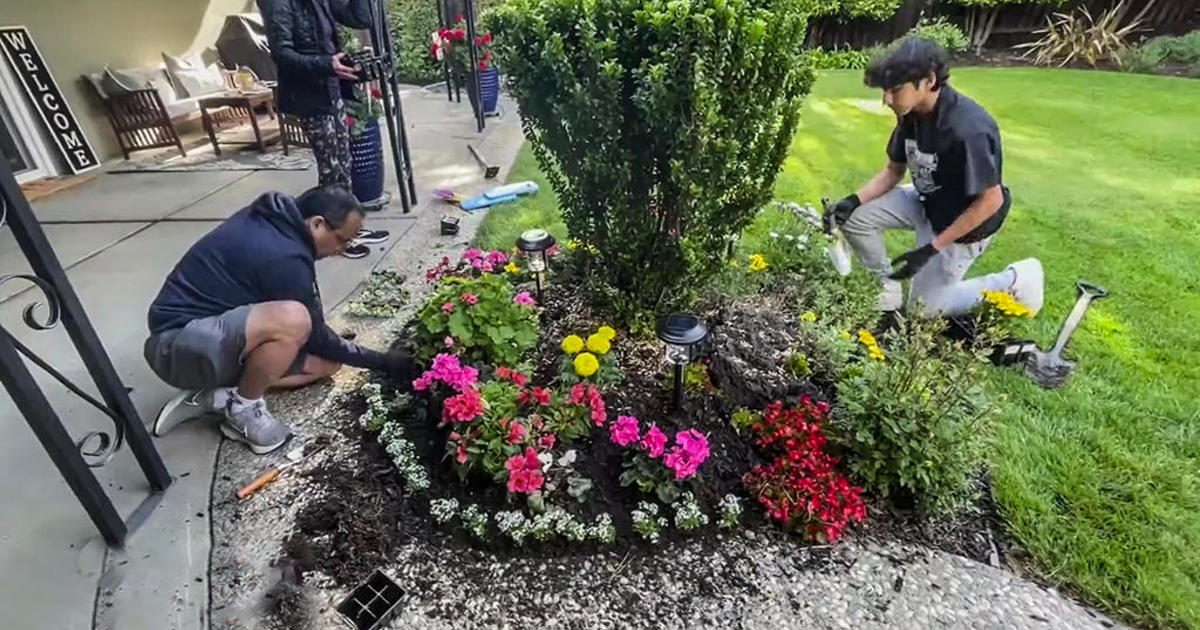After historic winter, California water officials say systems in good shape for next rainy season
SACRAMENTO – California's water storage and delivery systems are in good shape heading into the rainy season, having benefited from last year's near-historic rain and snowfall totals, according to the state's top water managers.
Coming off three years of punishing drought conditions, last year was the sixth wettest on record and the Sierra Nevada snowpack stood at over 200 percent of its historic average in April—just the fourth time since 1950 that's happened, according to data from the California Department of Water Resources.
"Big picture, this was as close to a miracle year as you can get after following just the intensity of drought conditions," DWR Director Karla Nemeth said during a news briefing Tuesday.
The 2023 "water year"—October 2022 through September 2023 -- was so bountiful that for the first time since 2006, the State Water Project delivered 100 percent of water allocations to the 29 public water agencies and 750,000 acres of farmland it serves in the Bay Area, Central Valley, Northern California and the Central Coast.
California's other massive water storage and delivery network, the federally operated Central Valley Project, was able to deliver 100 percent of water allocations for the first time since 2017 and has about 8.17 million acre feet left in the reservoirs it manages, which is more than twice as much water as it had at the same time last year.
"This impressive turnaround has put us in a much better position this season in case we see a return to dry conditions," said Ted Craddock, deputy director of the State Water Project.
"And we'll also be in a position to capture as much water as possible in the event we have a wet season like we saw last year, as well, while still providing flood control protection to downstream communities and meeting environmental and water delivery needs," Craddock said.
In addition to providing healthy water delivery volumes, the wet winter allowed state and local planners to divert nearly 391,000 acre-feet of flood water into groundwater aquifers and state agencies to issue permits for an additional 1.2 million acre-feet of water to be used for groundwater recharge, although it's unclear how much of that actually made it in to local aquifers.
While an El Nino meteorological pattern appears to be shaping up heading into the fall, there are still too many variables to tell for certain if it will produce a wetter than normal year, as such systems can often do.
"While we are pleased to start the 2024 water year with reserves, we know firsthand that California's changing climate is unpredictable and dry years will undoubtedly reoccur," said Ernest Conant, regional director of the U.S. Bureau of Reclamation, which runs the Central Valley Project.



